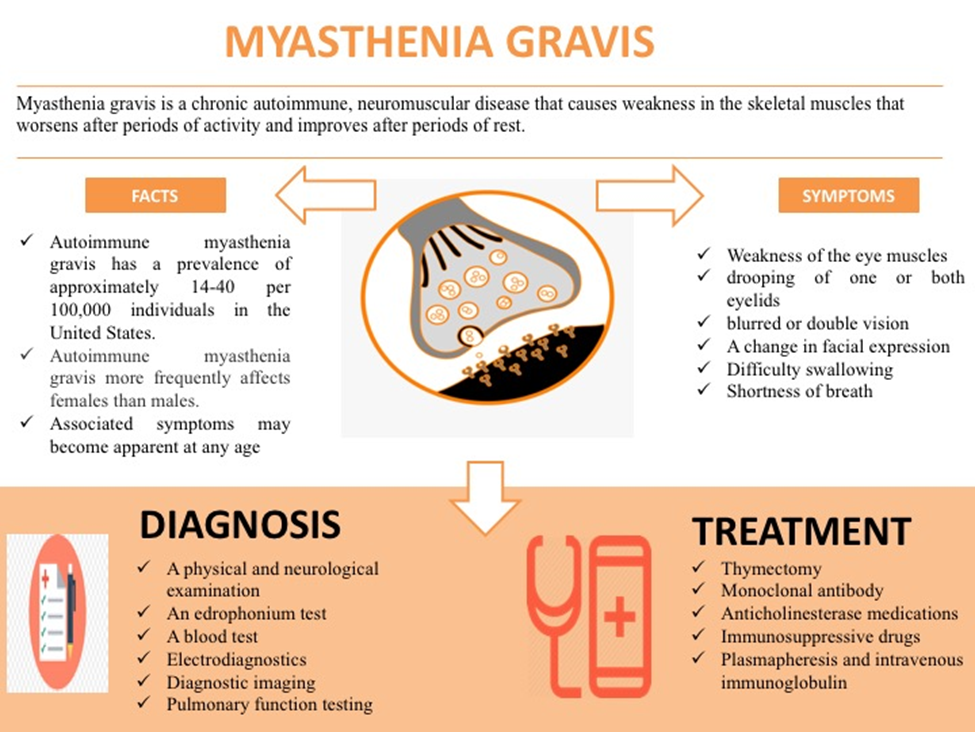A patient with a complicated medical history including hypertension, a-fib, and arthritis calls the health care provider's office to speak with a nurse about "all of these bruises I have all of a sudden." Which potential drug interaction should concern the nurse with these symptoms?
Aspirin and warfarin
Sulfasalazine and acetaminophen
Tolmetin and propranolol
Meloxicam and amlodipine
The Correct Answer is A
A. Aspirin and warfarin
The combination of aspirin and warfarin poses a potential risk of increased bleeding and bruising. Both aspirin and warfarin are anticoagulants, and when used together, they can potentiate each other's effects, leading to a higher risk of bleeding events, including easy bruising.
B. Sulfasalazine and acetaminophen
Sulfasalazine is often used in the treatment of arthritis and inflammatory bowel disease, while acetaminophen is a commonly used pain reliever. There is no significant interaction between these two medications leading to increased bleeding or bruising.
C. Tolmetin and propranolol
Tolmetin is a nonsteroidal anti-inflammatory drug (NSAID) used for pain relief, and propranolol is a beta-blocker used for conditions such as hypertension. While both medications have their own potential side effects, there is no specific interaction between them that significantly increases the risk of bleeding or bruising.
D. Meloxicam and amlodipine
Meloxicam is an NSAID, and amlodipine is a calcium channel blocker used for hypertension. Similar to option C, there is no known significant interaction between these two medications that would lead to increased bleeding or bruising.
Nursing Test Bank
Naxlex Comprehensive Predictor Exams
Related Questions
Correct Answer is B
Explanation
A. Give the child fluids and proceed to the emergency department.
While giving the child fluids is generally important, proceeding to the emergency department without consulting poison control may not be the most appropriate initial action. Poison control can provide specific guidance based on the substance ingested.
B. Call the poison control center and follow directions.
The safest advice for a toddler who has ingested a small amount of household cleaning fluid is to call the poison control center and follow their directions. Poison control centers are staffed with professionals who can provide specific guidance based on the type and amount of the ingested substance. They can advise on the appropriate steps to take, such as whether immediate medical attention is needed or if monitoring at home is sufficient.
C. Administer syrup of ipecac and monitor for vomiting.
The use of syrup of ipecac is no longer recommended as a routine measure for ingested substances. It can have adverse effects and may not be effective for all substances. Consulting poison control for guidance is considered a more appropriate approach.
D. Have the toddler eat bread to absorb the substance.
The ingestion of certain substances may not be effectively addressed by having the toddler eat bread. The specific advice for management should come from poison control, which can provide evidence-based guidance.
Correct Answer is C
Explanation
A. Parkinson's disease
Edrophonium is not used for the diagnosis of Parkinson's disease. Parkinson's disease is a neurodegenerative disorder characterized by motor symptoms such as tremors, rigidity, and bradykinesia. The diagnosis is typically based on clinical symptoms and neurological examination.
B. Alzheimer's disease
Edrophonium is not used for the diagnosis of Alzheimer's disease. Alzheimer's disease is a progressive neurodegenerative disorder affecting cognition. The diagnosis involves clinical evaluation, cognitive assessments, and sometimes imaging studies, but not the use of edrophonium.
C. Myasthenia Gravis
This is the correct choice. Edrophonium is used as a diagnostic tool in Myasthenia Gravis. In individuals with Myasthenia Gravis, the administration of edrophonium can lead to a temporary improvement in muscle strength, helping to confirm the diagnosis.
D. Serotonin Syndrome
Edrophonium is not used for the diagnosis of serotonin syndrome. Serotonin syndrome is a condition caused by an excess of serotonin, often due to the use of certain medications. Diagnosis is based on clinical symptoms and a history of serotonin-affecting medications, not the administration of edrophonium.

Whether you are a student looking to ace your exams or a practicing nurse seeking to enhance your expertise , our nursing education contents will empower you with the confidence and competence to make a difference in the lives of patients and become a respected leader in the healthcare field.
Visit Naxlex, invest in your future and unlock endless possibilities with our unparalleled nursing education contents today
Report Wrong Answer on the Current Question
Do you disagree with the answer? If yes, what is your expected answer? Explain.
Kindly be descriptive with the issue you are facing.
